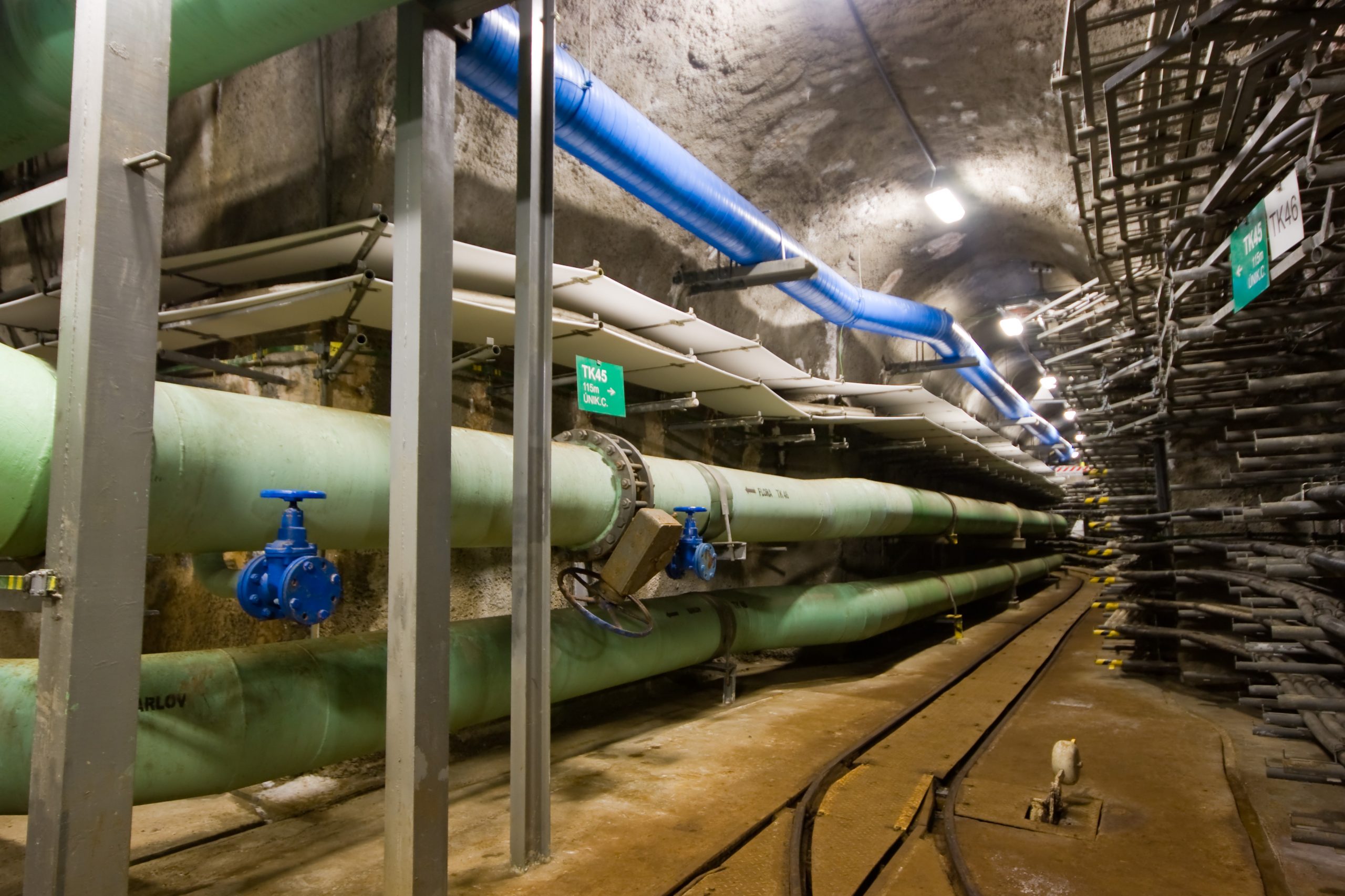As cities-within-cities many colleges and universities own and maintain at least 10 miles — and possibly up to 1000 miles — of underground piping for water, steam and natural gas; much of it under pressure within buildings or in outside, underground tunnels. The American Society of Mechanical Engineers develops a suite of standards for these, and many other piping systems:
ASME B31 Piping System Standards
Fluids running under pressure are a significant infrastructure hazard in educational and all communities
ASME has released a redline of B31 Manual for Determining the Remaining Strength of Corroded Pipelines for public comment:
ANSI Standards Action Pages 137 – 139
ASME often posts its redlines in ANSI Standards Action as well as on its standard development platform:
This document is intended solely for the purpose of providing guidance in the evaluation of metal loss in pressurized pipelines and piping systems.
Comments are due July 26th.
You may send comments (with optional copy to psa@ansi.org) to: Ray Rahaman, rahamanr@asme.org
The ASME consensus product line is on the standing agenda of our periodic Mechanical, Energy and Nota Bene teleconferences. See our CALENDAR for the next online meeting; open to everyone.
Issue: [19-148]
Category: District Energy, Energy, Mechanical
Colleagues: Richard Robben, Larry Spielvogel










